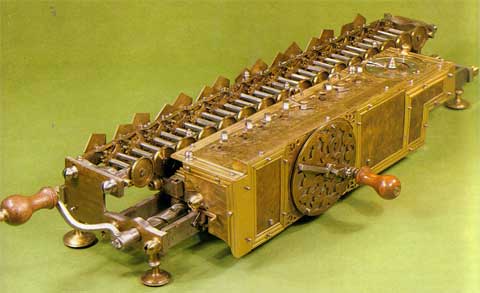Major Types of Software
Programming Software: This is one of the most commonly known and popularly used forms of computer software. These software come in forms of tools that assist a programmer in writing computer programs. Computer programs are sets of logical instructions that make a computer system perform certain tasks. The tools that help the programmers in instructing a computer system include text editors, compilers and interpreters.
System Software: It helps in running the computer hardware and the computer system. System software is a collection of operating systems; devise drivers, servers, windowing systems and utilities. System software helps an application programmer in abstracting away from hardware, memory and other internal complexities of a computer.
Application Software: It enables the end users to accomplish certain specific tasks. Business software, databases and educational software are some forms of application software. Different word processors, which are dedicated for specialized tasks to be performed by the user, are other examples of application software.
Apart from these three basic types of software, there are some other well-known forms of computer software like inventory management software, ERP, utility software, accounting software and others. Take a look at some of them.
Inventory Management Software: This type of software helps an organization in tracking its goods and materials on the basis of quality as well as quantity. Warehouse inventory management functions encompass the internal warehouse movements and storage. Inventory software helps a company in organizing inventory and optimizing the flow of goods in the organization, thus leading to an improved customer service.
Utility Software: Also known as service routine, utility software helps in the management of computer hardware and application software. It performs a small range of tasks. Disk defragmenters, systems utilities and virus scanners are some of the typical examples of utility software.
Data Backup and Recovery Software: An ideal data backup and recovery software provides functionalities beyond simple copying of data files. This software often supports user needs of specifying what is to be backed up and when. Backup and recovery software preserve the original organization of files and allow an easy retrieval of the backed up data.
Sunday, July 31, 2011
The History of Computers
Almost all of us use a computer. You can't do your homework easily without the help of a computer. You will not be searching for thick books in the library and waist your precious time in finding just one topic the whole day. But do you really know where your computer came from? Or you just use them without even knowing what's their history?
That video I showed you was just a short peek about the history of computers.
Now, let’s read more about the history of computers.
Humans
· The earliest form of counting was with fingers
· Other objects such as rocks or twigs were used to represent groups of numbers.
· The idea of making mathematics easier was unheard of at the time.
Abacus
· The oldest known form of computing is the abacus.
· The oldest surviving abacus was discovered in 300 B.C.
· Users moved beads to perform calculations; each column repeated a different multiple of ten.
Pascaline
· Blaise Pascal was the inventor of the first digital computer called the PASCALINE.
· The Pascaline used hand-spun mechanical wheels to input numbers, then outputted them as the answer
Step Reckoner
· Gottfried Leibniz created the Step Reckoner as an improvement of pascaline.
Difference Engine
· Charles Babbage’s Difference Engine was a mechanical calculator that operated automatically.
Analytical Engine
The Analytical Engine, an important step in the history of computers, is a design for a mechanical general-purpose computer first described by English mathematician Charles Babbage in 1837. It was the successor to Babbage's difference engine, a design for a mechanical calculator. The Analytical Engine incorporated an arithmetical unit, control flow in the form of conditional branching and loops, and integrated memory, making it the first Turing-complete design for a general-purpose computer. Babbage was never able to complete construction of any of his machines due to conflicts with his chief engineer and inadequate funding. It was not until 100 years later, in the 1940s, that the first general-purpose computers were actually built.
Punched Cards-Tabulating Machine
The tabulating machine was an electrical device designed to assist in summarizing information and, later, accounting. Invented by Herman Hollerith, the machine was developed to help process data for the 1890 U.S. Census. It spawned a larger class of devices known as unit record equipment and the data processing industry.
Those were the computers from the first computer to the computers in the first generation.
Things I learned
Because of this, I know where my favorite gadget came from. I just wonder what will be the computer look like after a hundred of year...
Hmm.. Her's a video from youtube that amazed me of the future computers.
wow... amazing... hehe.
Subscribe to:
Comments (Atom)





